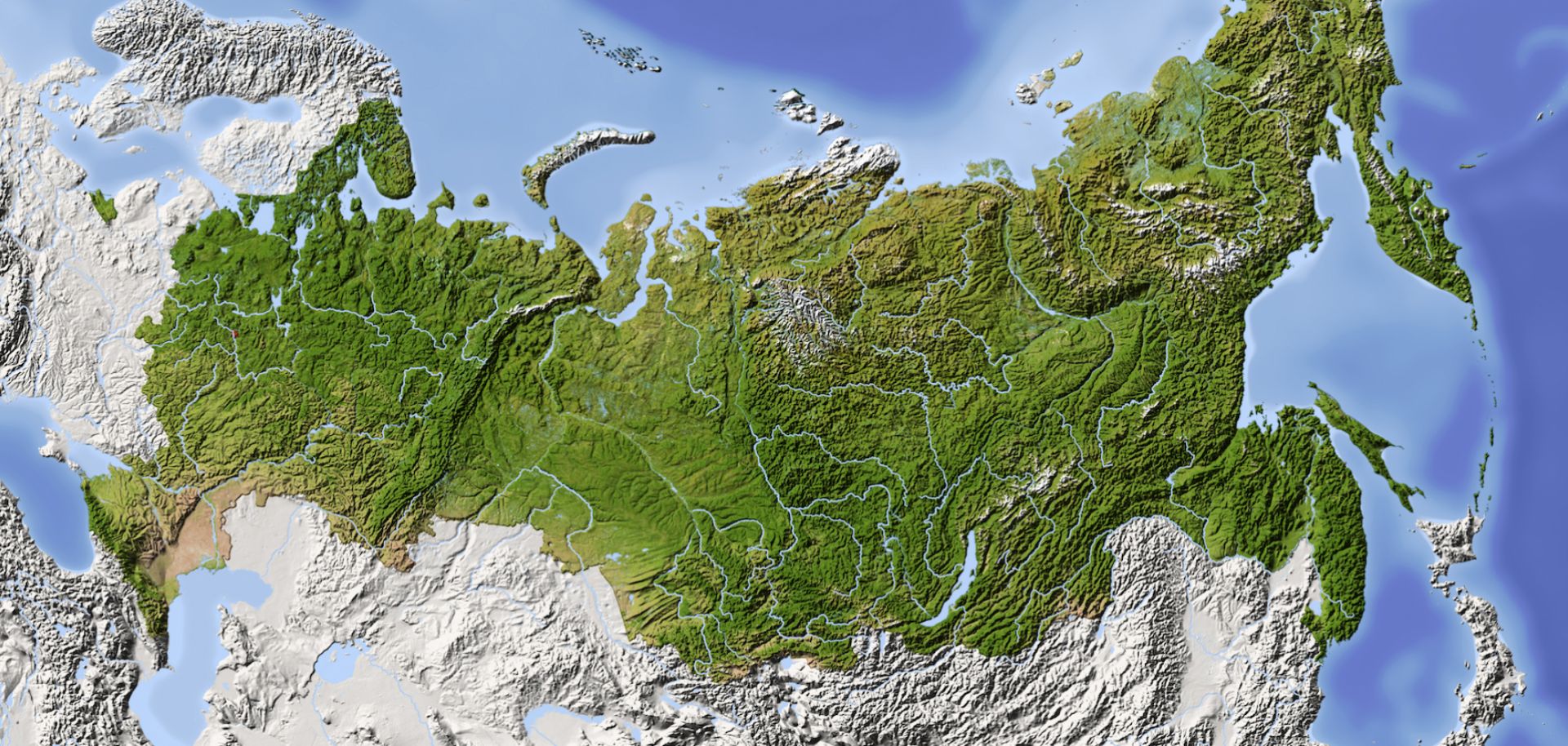COLUMNS
Putin's Russia Embraces a Eurasian Identity

Jan 17, 2019 | 11:00 GMT

An identity rooted in Russia's position in both Europe and Asia is key to understanding Russia's policies, now and in the years to come.
(Shutterstock)
Highlights
- In the years to come, demographic change will further distinguish Russia from the West culturally and politically and more strongly emphasize its unique Eurasian identity.
- Russia's prolonged standoff with the West will spur Moscow to develop closer economic and security ties with countries in the eastern theater, particularly in the Asia-Pacific and the Middle East, as Moscow seeks a greater balance in its relations between East and West.
- In the long term, China's rise will temper Russia's shift to the East and could bring about an eventual rapprochement with the West, with Moscow's maneuvering between the Western and Eastern poles serving to shape the Eurasian aspect of Russia's identity.
Subscribe Now
SubscribeAlready have an account?
